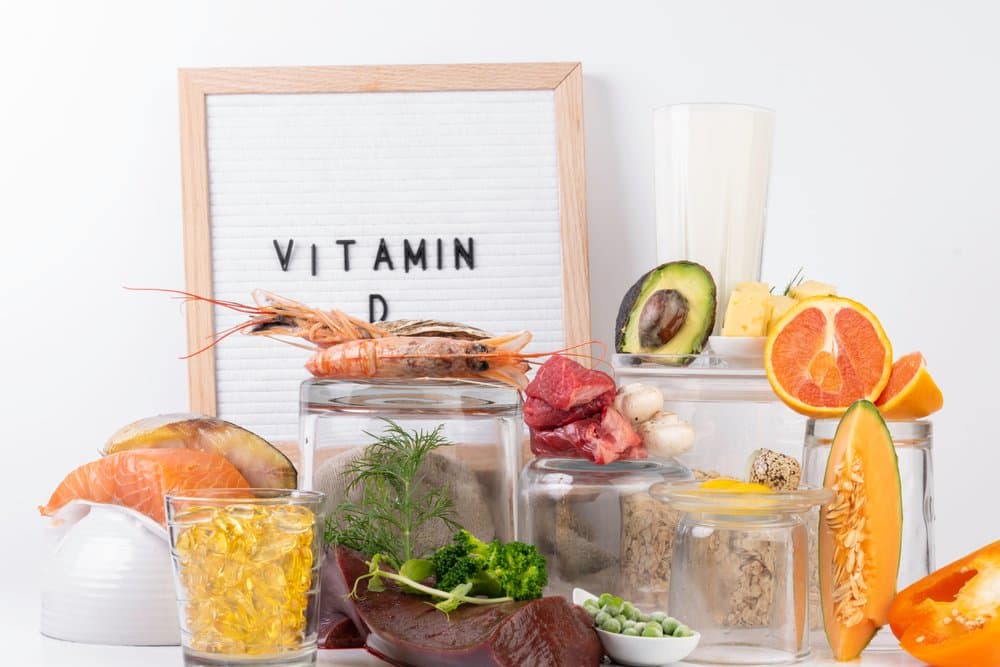Optimizing Your Vitamin D Levels Year-Round
Vitamin D is often called the "sunshine vitamin" because our bodies produce it when our skin is exposed to sunlight. However, maintaining optimal levels throughout the year can be challenging, especially in regions with limited sunlight during winter months [1].
Seasonal Variations in Vitamin D
Our vitamin D levels naturally fluctuate throughout the year, typically peaking in late summer and reaching their lowest point in late winter or early spring. This cyclical pattern has been observed across multiple populations living in northern latitudes [2].
 Figure 1: Average vitamin D levels throughout the year in northern hemisphere populations
Figure 1: Average vitamin D levels throughout the year in northern hemisphere populations
For people living above 37° latitude (approximately the level of San Francisco, CA, or Richmond, VA, in the United States), the sun's angle from November through February doesn't allow sufficient UVB rays to reach the skin for adequate vitamin D production.
Testing and Optimal Levels
Before supplementing, it's important to know your current vitamin D status. The most accurate measure is serum 25-hydroxyvitamin D [25(OH)D], which reflects both dietary intake and skin synthesis of vitamin D.
 Figure 2: Interpretation of serum 25(OH)D levels and associated health outcomes
Figure 2: Interpretation of serum 25(OH)D levels and associated health outcomes
While conventional reference ranges consider levels above 30 ng/mL (75 nmol/L) sufficient, many functional medicine practitioners recommend maintaining levels between 40-60 ng/mL (100-150 nmol/L) for optimal health benefits [3].
References
- [1]Holick, M. F. (2017). The vitamin D deficiency pandemic: Approaches for diagnosis, treatment and prevention. Reviews in Endocrine and Metabolic Disorders, 18(2), 153-165. https://doi.org/10.1007/s11154-017-9424-1
- [2]Kroll, M. H., et al. (2015). Temporal relationship between vitamin D status and parathyroid hormone in the United States. PLOS ONE, 10(3), e0118108. https://doi.org/10.1371/journal.pone.0118108
- [3]Baggerly, C. A., et al. (2015). Sunlight and Vitamin D: Necessary for public health. Journal of the American College of Nutrition, 34(4), 359-365. https://doi.org/10.1080/07315724.2015.1039866



